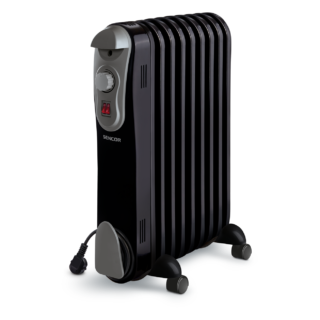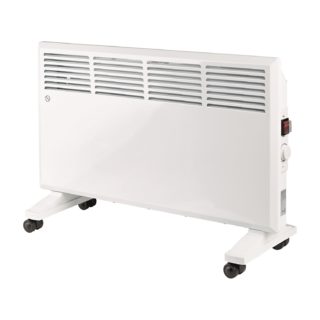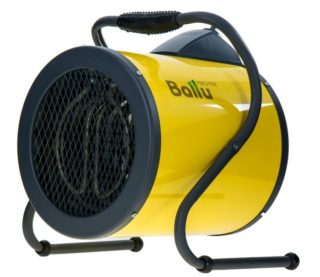A radiator is a liquid room heating device. Today on the market of heating devices there are a large number of different models of radiators: aluminum heating radiators, bimetallic, steel panel radiators, etc.
The need for additional heating
It can be argued that on especially cold winter days, more than 50% of people have always used and still use electric radiators to raise the temperature in various premises. It is about them that we will talk.
People have resorted to using electric radiators for a long time, only earlier they were unsafe aluminum reflectors standing on the floor with a hot spiral wound on a ceramic base, and now it is a huge selection of compact, convenient, and, most importantly, safe heaters.
Varieties of electric radiators
There are four types of electric heating radiators. Some of them are mainly used in houses, apartments and small country houses, while others are especially popular in premises with a large area (hangars, warehouses, etc.).
Fan heaters... The power consumed by these types of heating devices is small and this is their most important advantage. They are compact and attractive, light weight. Another, rather significant requirement that these models of electric radiators meet is complete safety. It's simply impossible to burn yourself about them. This is the merit of the material from which they are made, which prevents heating.
You shouldn't worry about your safety either, since most heat heaters are equipped with automatic protection (relay), whose duties include auto-shutdown in case of overheating. They also turn off if dropped. Usually they have a "magic" button or sensor below that reacts to the surface where it is installed. This is called an automatic roll-over shutdown system. When buying an oil cooler, you can easily check it: it is not necessary to drop the device, it will be enough just to raise it a little, and the protection system should surely work (you will hear the device turn off).
Before buying such a necessary and useful everywhere (from a small dacha and schools to warehouses) device, you need to estimate the area of the room in which you would like to install it. And only then to be determined with the type of model of the electric radiator.
Do not forget to observe the operation of the heater for the first time after the purchase. If you notice any flaws or unstable work, you should immediately return to the store or exchange it for a serviceable one.
Buying an electric radiator is a simple matter, but this simplicity is no less important than, say, buying a TV. The quality and long service life of any device is a natural desire of every consumer.











